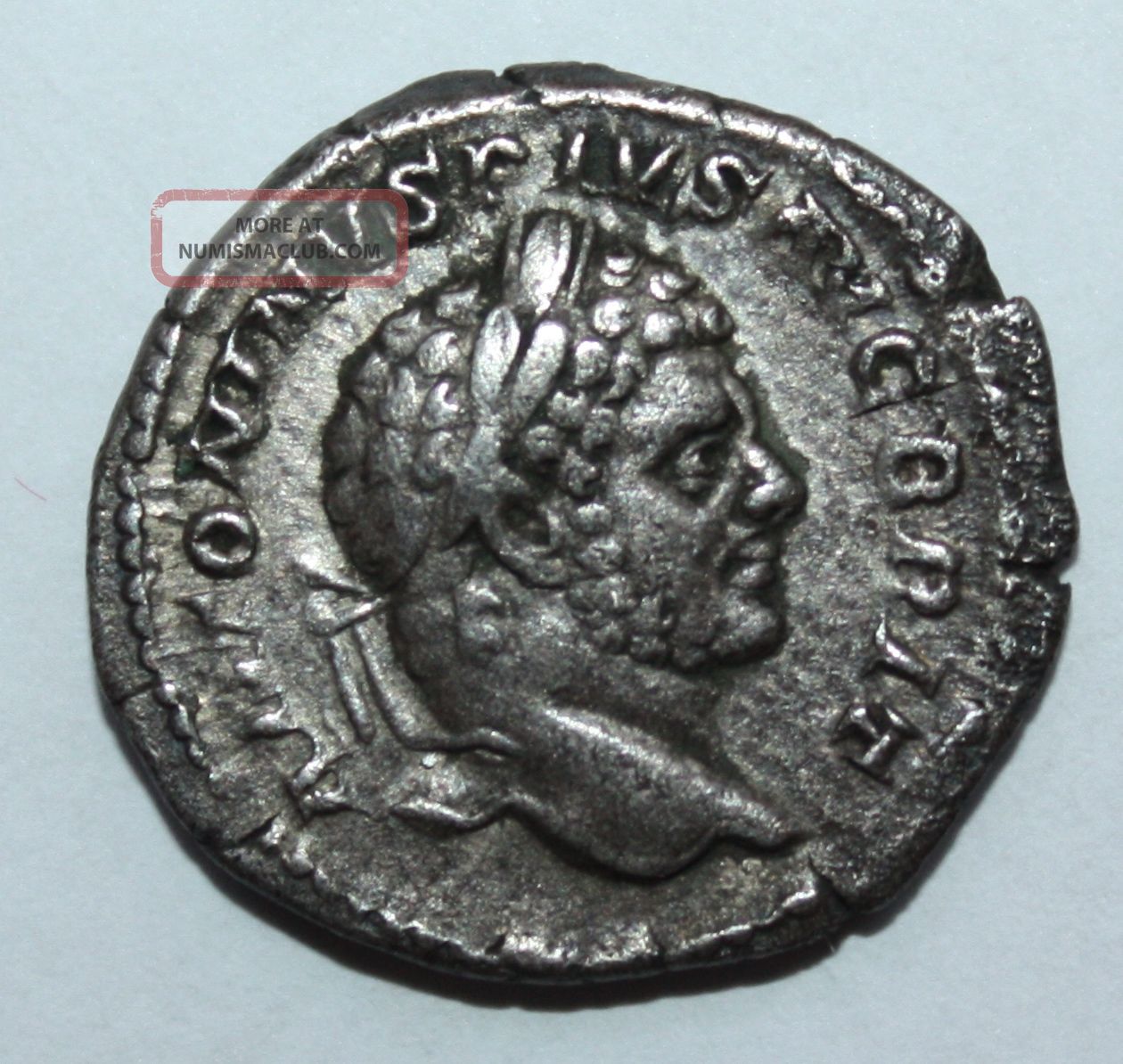

– Gaussian mixture model to describe probability of ( x, l) – Each point is presented as a combination of visual features and location, ( x, l) – DPM is used to align the coin image by locating the face of the emperor – Precise encoding of spatial information more specifically than spatial pyramid by alignment Deformable Part Model (DPM) based method.Coin Recognition Methods using Spatial Information High resolution images : 350-by-350 pixelsĦ.– Each emperor has at least 10 coin images – Annotated for visual analysis (the original dataset only has numismatic annotation) 2815 coin images with 15 Roman emperors.Coin images are collected from a numismatic website.The recognition of the face on the coin is different from that of the real face.The coins were made manually from different factories Inter-class similarity due to engraver’s lack of knowledge for the emperor’s portrait and abstraction.Recognition of the ancient Roman coins is not easy for novices but requires knowledge. Ancient coins are becoming subject to a very large illicit trade.Also the coins were massively produced and new Roman coins are daily excavated, making themselves affordable to collect. The coin market is very active as many people are collecting coins as hobby.The Roman coins were the newspaper of the Roman empireĪ reliable and automatic method to recognize the coins is necessary.The Roman emperors also could show themselves to the entire empire by engraving portraits on the coins.The Roman coins were served to spread messages of changing policies or merits through the empire.The Roman coins were widely used to convey the achievements of Roman emperors to public.
#Ancient roman denarius how to


Gold Roman aureus coin of Roman emperor Trajan. If you want to approximate the silver content, picture two of those old Roosevelt or Mercury head dimes. So if you want a rough feel of a denarius in terms of weight, think about an American nickel. Wikipedia says for an Aureus that is the gold content, not the weight of the coin.Īrticle also says there weren’t a lot of gold coins minted until Julius Caesar.įor comparison, here is the weight of current American coins:įor another reference, here is the weight and silver content of US coins from 1964 and earlier: Under Julius Caesar the 95% to 98% purity level would give silver content of around 0.1307 to 0.1348 ounces of silver.In the parable of the laborers in the vineyard found in Matthew 20:2, a day laborer is described as being hired at one denarius for the day. That would put annual income for common laborer at about 312 denarii a year for 6 days a week and 52 weeks a year. Before that the pay was 112.5 denarii a year.Īrticle says the lowest pay for a centurion was 3,750 denarii a year with the highest paid centurion earning 15,000.Ī common laborer is generally considered to have earned about 1 denarius a day. Here are a few hints to provide a frame of reference for the value of Roman silver coins.Īccording to the Wikipedia article, in 44BC a legionary’s pay was doubled to 225 denarii per year by Julius Caesar. Nero, who reigned from 37 AD through 68 AD debased the gold aureus from 8.18 grams of gold to 7.27 grams.Īrticle says 25 silver denarii are equal to 1 gold aureus. Tiberius accumulated a hoard of 675 million denarii. There is a comment that Tiberius slowly increased the fineness to 97.5% to 98%. Took a previous look at the Denarius here and here.įrom about 200 BC until about 64 AD the Roman Denarius was about 3.9 grams, at 95% or 98% purity. As a simple start, let’s look again at Wikipedia. So, you can go along with me on the journey, if you wish. I’ve taken an interest in ancient currency and monetary issues lately, particularly as it give some insight into biblical times.


 0 kommentar(er)
0 kommentar(er)
